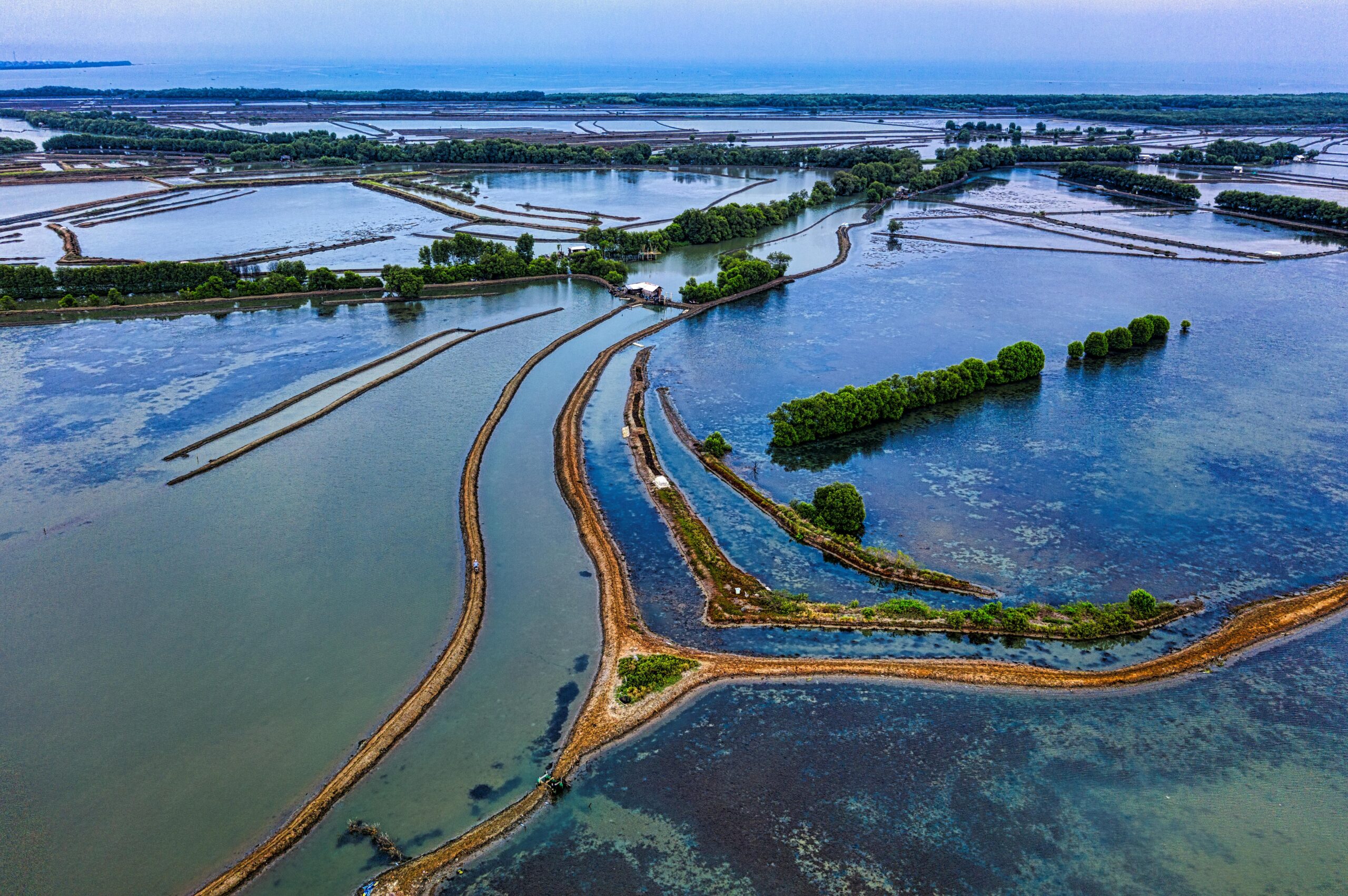- Mon - Sat 8:00 - 6:30, Sunday - CLOSED
- support@soundproofhub.com
Which is a Sustainable Practice? Exploring Wind Farms, Clear Cutting, Flood Irrigation, and Overfishing

Which is a Sustainable Practice? Exploring Wind Farms, Clear Cutting, Flood Irrigation, and Overfishing
Sustainability is a critical concept in today’s world, as we strive to balance human needs with environmental preservation. Among the many practices we adopt, some are sustainable, while others harm ecosystems and deplete resources. In this article, we’ll explore four practices—operating wind farms, clear cutting, flood irrigation, and overfishing—and determine which is a sustainable practice and which is not. We’ll also address common questions like which is a sustainable practice brainly and which of the following is a sustainable practice quizlet.
What is a Sustainable Practice?
A sustainable practice is one that meets current needs without compromising the ability of future generations to meet theirs. It involves:
- Environmental Protection: Minimizing harm to ecosystems and biodiversity.
- Resource Efficiency: Using resources wisely to avoid depletion.
- Social Responsibility: Ensuring fair and equitable benefits for communities.
Now, let’s evaluate the four practices in question.
1. Operating Wind Farms: A Sustainable Practice
Wind farms are widely recognized as a sustainable practice. Here’s why:
Benefits of Wind Farms
- Renewable Energy: Wind is an inexhaustible resource, unlike fossil fuels.
- Low Emissions: Wind turbines produce minimal greenhouse gases during operation.
- Economic Growth: They create jobs in manufacturing, installation, and maintenance.
Challenges
- Land Use: Wind farms require space, which can impact local ecosystems.
- Wildlife Concerns: Birds and bats may be affected by turbine blades.
Despite these challenges, wind farms are a sustainable practice for generating clean energy.
2. Clear Cutting: Which is Not a Sustainable Practice
Clear cutting involves removing all trees in a designated area. It is widely regarded as unsustainable due to its environmental impact.
Why Clear Cutting is Unsustainable
- Deforestation: Leads to habitat loss and reduced biodiversity.
- Soil Erosion: Without tree roots, soil becomes vulnerable to erosion.
- Carbon Emissions: Trees store carbon; cutting them releases it into the atmosphere.
Sustainable Alternatives
- Selective Logging: Removing only certain trees to preserve the forest ecosystem.
- Reforestation: Planting new trees to replace those that are cut down.
Clear cutting is not a sustainable practice and should be avoided in favor of more eco-friendly methods.
3. Flood Irrigation: A Sustainable Agricultural Practice?
Flood irrigation is a traditional method of watering crops by flooding fields. While it has been used for centuries, its sustainability is debated.
Pros of Flood Irrigation
- Low Cost: Requires minimal infrastructure.
- Simplicity: Easy to implement in areas with abundant water.
Cons of Flood Irrigation
- Water Waste: Significant amounts of water are lost to evaporation and runoff.
- Soil Degradation: Can lead to salinization and nutrient loss.
Sustainable Alternatives
- Drip Irrigation: Delivers water directly to plant roots, reducing waste.
- Rainwater Harvesting: Collects and stores rainwater for irrigation.
While flood irrigation is not the most sustainable practice, it can be improved with modern techniques.
4. Overfishing: Which is Not a Sustainable Practice
Overfishing occurs when fish are harvested faster than they can reproduce, leading to population decline.
Impact of Overfishing
- Ecosystem Imbalance: Disrupts marine food chains.
- Economic Loss: Threatens the livelihoods of fishing communities.
- Biodiversity Loss: Endangers species and reduces genetic diversity.
Sustainable Fishing Practices
- Catch Limits: Setting quotas to prevent overharvesting.
- Protected Areas: Establishing marine reserves where fishing is prohibited.
- Selective Gear: Using equipment that minimizes bycatch.
Overfishing is not a sustainable practice and requires strict regulation to protect marine ecosystems.
Which is a Sustainable Practice? Key Takeaways
To summarize:
- Sustainable Practices: Operating wind farms, drip irrigation, selective logging, and regulated fishing.
- Unsustainable Practices: Clear cutting, flood irrigation (without improvements), and overfishing.
Frequently Asked Questions
Here are answers to common questions about sustainable practices:
Which is a Sustainable Practice Brainly?
On platforms like Brainly, sustainable practices often include renewable energy, water conservation, and eco-friendly agriculture.
Which of the Following is a Sustainable Practice Quizlet?
Quizlet resources highlight practices like recycling, using renewable energy, and sustainable farming.
Which is a Sustainable Agricultural Practice?
Examples include crop rotation, organic farming, and agroforestry.
Which of These Actions is a Sustainable Practice?
Actions like planting trees, reducing waste, and conserving water are sustainable.
Which is Not a Sustainable Practice?
Clear cutting, overfishing, and excessive water use are not sustainable.
How to Promote Sustainable Practices
Here are actionable steps to adopt and promote sustainability:
- Educate Yourself: Learn about sustainable practices in your area.
- Support Renewable Energy: Advocate for wind and solar power.
- Conserve Resources: Reduce water and energy consumption.
- Choose Sustainable Products: Buy from eco-friendly brands.
- Spread Awareness: Share knowledge with your community.
Conclusion
Understanding which is a sustainable practice is essential for protecting our planet and ensuring a better future. While operating wind farms stands out as a sustainable practice, clear cutting and overfishing are harmful and unsustainable. Flood irrigation, though traditional, can be improved with modern techniques. By adopting sustainable practices and avoiding harmful ones, we can contribute to environmental conservation and resource preservation. Let’s make informed choices and work together for a sustainable future!




Muhammad Zeeshan
Muhammad Zeeshan is an SEO expert specializing in link building (SaaS, Tech, Business, and Home Improvements). I am very passionate about search engine optimization, backlink building, and guest blogging. I can help you in attracting a new audience and in achieving a higher rating.